The Government leader requested the Ministry of Agriculture and Environment to develop emission standards and a roadmap for application to cars and motorbikes in circulation.
In which, it is necessary to assess multi-dimensional impacts and at the same time propose synchronous solutions.
On the afternoon of March 13, Deputy Prime Minister Tran Hong Ha chaired a meeting to listen to a report on the development and roadmap for applying Vietnamese standards on emissions from road motor vehicles in circulation.
Pre-application study in Ho Chi Minh City and Hanoi
Reporting at the meeting, Mr. Le Cong Thanh, Deputy Minister of Agriculture and Environment (MARD), said that the Vietnamese standards on emissions for automobiles in circulation and the roadmap for application are being urgently completed by this agency for promulgation.
Regarding the Vietnam Standards on motorbike emissions, the Ministry of Agriculture and Environment believes that this is a regulation related to a very large number and type of motorbikes, directly affecting the majority of people. Therefore, more time is needed to assess the impact, as well as develop a roadmap for implementation and facilities to conduct emission testing.
Concluding the meeting, the Deputy Prime Minister emphasized that the Government is taking into account the multi-dimensional impact assessment of road motor vehicle emission standards, especially the major impact on vehicles in circulation, imported vehicles as well as domestically produced vehicles. Therefore, the process of developing standards and the implementation roadmap must clarify the political, legal and practical bases, and conduct a multi-dimensional impact assessment. At the same time, synchronous solutions must be proposed using socio-economic and scientific measures and resolutely implemented to reduce air pollution caused by vehicle emissions.
Therefore, the Deputy Prime Minister requested the Ministry of Agriculture and Environment to fully absorb the comments and comply with the provisions of the law on environmental protection and road traffic safety and order when developing and promulgating emission standards and roadmaps applicable to automobiles and motorbikes in circulation, in the spirit of "standards and roadmaps for automobiles that are issued first, and roadmaps for motorbikes that are issued later". In the process of developing emission standards
Automobiles, motorbikes and the applicable roadmap must clarify the emission ratio of operating vehicles in the total source of air pollution.
"For cities and urban areas with high air pollution levels such as Hanoi and Ho Chi Minh City, it is necessary to study and apply faster and earlier standards on car and motorbike emissions to limit polluting vehicles, first of all in some key areas, routes and streets" - the Deputy Prime Minister requested.
The Deputy Prime Minister assigned the Ministry of Construction and the Ministry of Public Security to coordinate with Hanoi and Ho Chi Minh City to review and update traffic infrastructure planning to encourage the use of green means of transport; policies to support the transition from personal vehicles to public transport. In addition, design dedicated traffic lanes for bicycles, pedestrians, and motorbikes; increase communication about the harmful effects of means of transport causing air pollution...
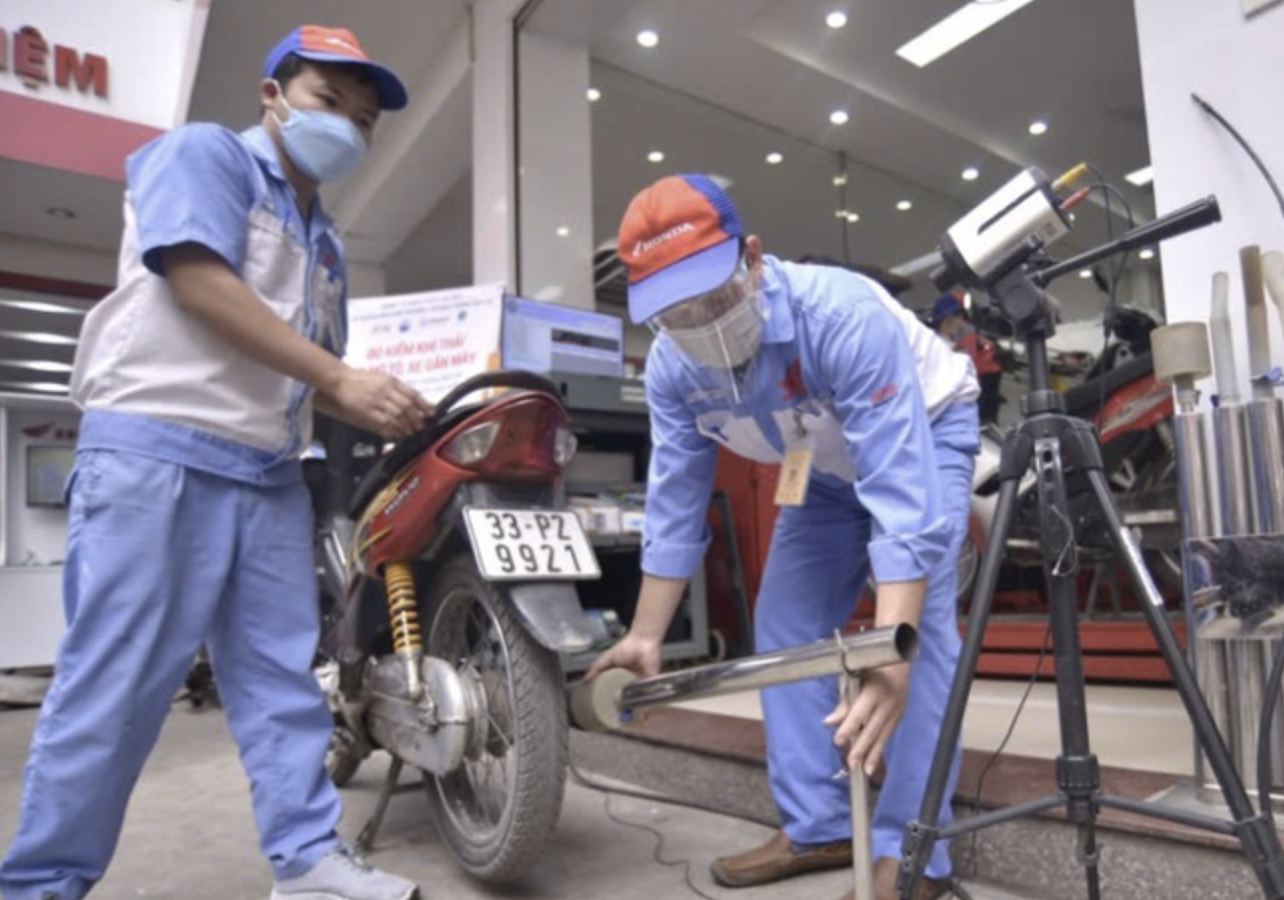
In the near future, motorbikes may have to be inspected for emissions before being put on the road. Photo: LE TUOI
Urgent implementation
According to Mr. Tran Huu Minh, Chief of Office of the National Traffic Safety Committee, as of September 2024, the country had about 77 million registered motorbikes and scooters (collectively referred to as motorbikes), bringing the motorbike ownership rate to 770 motorbikes/1,000 people - among the highest in the world. Although they are motor vehicles, motorbikes have not been subject to technical safety inspection, leading to the situation where some old, unsafe motorbikes are still in circulation.
In Hanoi, according to statistics, by August 2024, the city has more than 8 million road vehicles, including more than 1.1 million cars and more than 6.9 million motorbikes. Of which, the number of motorbikes used for more than 10 years accounts for 72.58%. The level of toxic emissions into the air is increasing if old vehicles are not maintained according to the manufacturer's recommendations.
On December 12, 2024, the Hanoi People's Council passed a Resolution on Regulations on the implementation of low emission zones (LEZ) in the area, effective from January 1, 2025. Accordingly, Hanoi selected two central districts, Ba Dinh and Hoan Kiem, to pilot low emission zones from 2025, and from 2031 onwards, low emissions will be applied in most districts.
The resolution also sets out measures that must be applied in the LEZ. Accordingly, this area prohibits the circulation of heavy diesel trucks; restricts or prohibits cars that do not meet level 4 emission standards and motorbikes that do not meet level 2 emission standards from circulating in the LEZ according to time frames/points or areas.
To encourage people to switch to green vehicles, Hanoi will provide financial support for exchanging old cars for new, environmentally friendly ones. The application of fees and charges on polluting vehicles will also be considered to reduce emissions.
At the end of 2024, the Vietnam Association of Motorcycle Manufacturers (VAMM) also proposed a roadmap for controlling motorcycle emissions to implement the Law on Road Traffic Order and Safety. However, VAMM believes that if emission standards are applied nationwide, about 0.7% of vehicles in circulation will need to be replaced. This affects people's lives, especially the poor, because motorbikes are still the main means of livelihood.
Therefore, VAMM proposes to first implement it in big cities with air pollution, so that people can get used to emission testing, and then expand it nationwide. Accordingly, motorbike emission testing will be carried out in Hanoi and Ho Chi Minh City from 2027; industrial cities from 2030 and nationwide in 2032.
Dr. Khuong Kim Tao, former Deputy Chief of Office of the National Traffic Safety Committee, said that the problem of environmental pollution, including the cause of motorbike exhaust, is very serious, especially in big cities. This is a very urgent issue that must be implemented.
Motorcycle emission inspection has been proposed since 2008 but has not been implemented yet. Now is the right time to implement motorcycle emission control. Because this has been legalized in the Law on Environmental Protection and the Law on Road Traffic Order and Safety. It is necessary to study solutions in a systematic and fundamental way to control motorcycle emissions in a feasible and effective way, to clean the environment with little impact or disruption to people's lives.
Sanctions for vehicles not tested for emissions
VAMM proposed that motorbikes manufactured before 2010 that are not required to comply with technical standards (TCKT) should be proposed to apply TCKT level 1 (lower than level 2), making it easier for people to comply, especially those with low incomes. Vehicles manufactured after 2010 until June 30, 2017 will apply TCKT Euro 2; vehicles manufactured after July 1, 2017 will apply TCKT Euro 3. These types of vehicles are tested equivalent to level 2.
VAMM has calculated that the preliminary inspection fee may range from 37,500 to 50,000 VND. The inspection cycle may be every 2 years for motorbikes manufactured 5 years or more. At the same time, there should be sanctions for vehicles that do not undergo inspection or do not have an inspection stamp but still participate in traffic.
Ho Chi Minh City is building a project
In order to achieve the goal of reducing 90% of the increase in air pollution from the transportation sector by 2030, the Ho Chi Minh City government has proposed a pollution reduction program for the period 2020 - 2030. The Ho Chi Minh City Department of Transport is the unit that develops the Project to control vehicle emissions in the area. In particular, this unit focuses on developing policies to support the conversion of vehicles using fossil fuels to clean energy.
In phase 1, the Department of Transport and Public Works will develop and advise the Ho Chi Minh City People's Committee to submit to the City People's Council a policy to convert public transport to buses using green energy, applicable from 2025. In phase 2, the project will be developed and advised the Ho Chi Minh City People's Committee to submit to the City People's Council a policy to reduce emissions from the remaining means of transport.
In addition to the policy of supporting vehicle conversion, the Ho Chi Minh City government will have a policy to support businesses and units investing in charging stations according to standards. In addition, there is a policy of purchasing and exchanging old vehicles for new vehicles using green energy to reduce environmental pollution; a policy of investing in the development of public passenger transport combined with a roadmap to limit private vehicles entering the inner city.
T. Hong
Source: https://nld.com.vn/siet-chat-kiem-dinh-khi-thai-o-to-xe-may-196250313215550701.htm








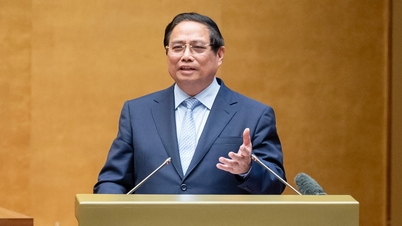


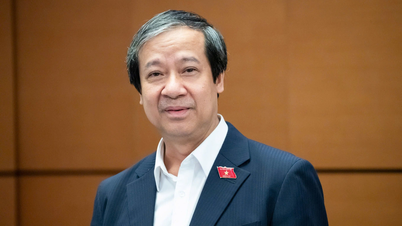
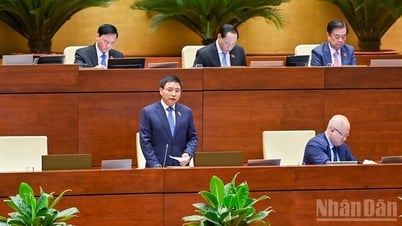

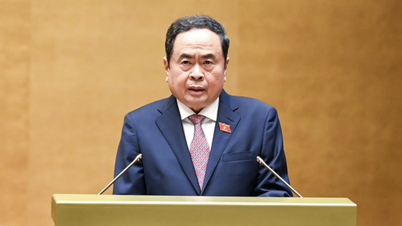
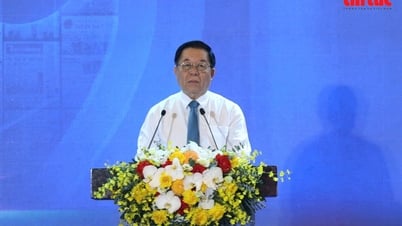





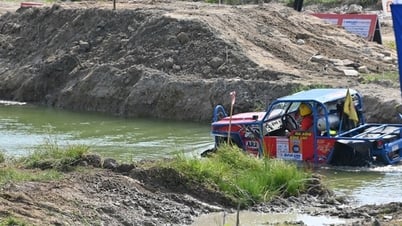


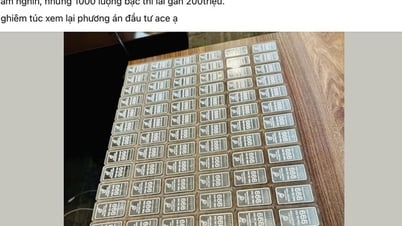



























![[Maritime News] Wan Hai Lines invests $150 million to buy 48,000 containers](https://vphoto.vietnam.vn/thumb/402x226/vietnam/resource/IMAGE/2025/6/20/c945a62aff624b4bb5c25e67e9bcc1cb)





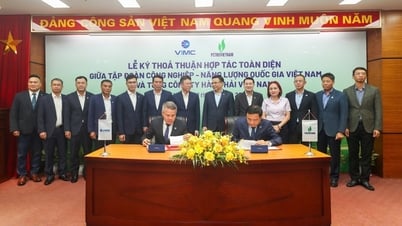











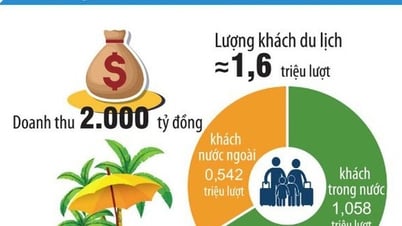
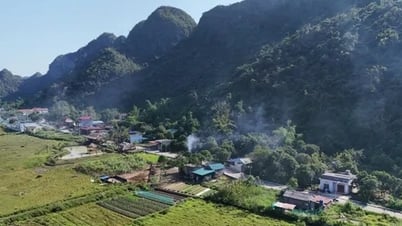
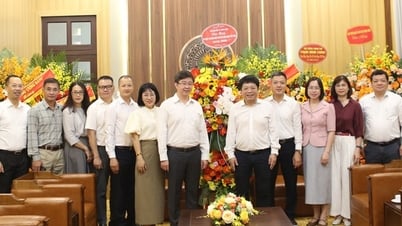


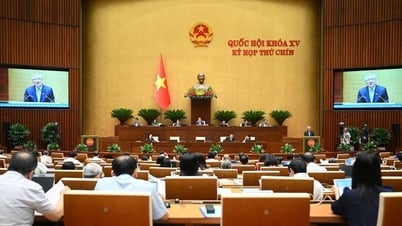
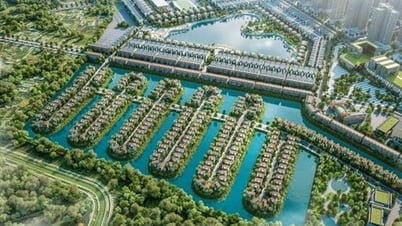

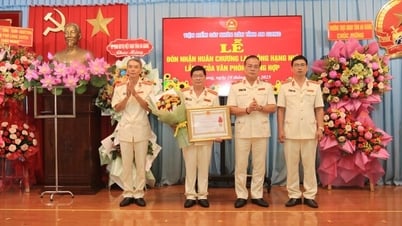

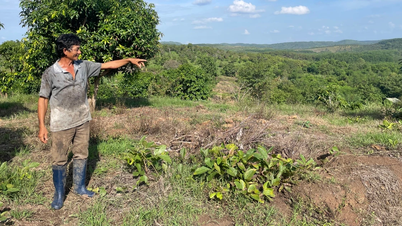

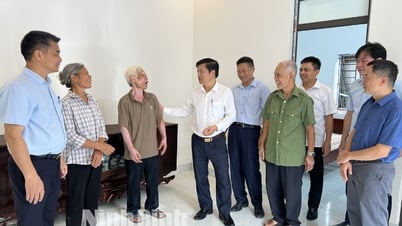

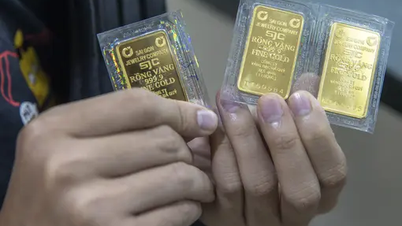
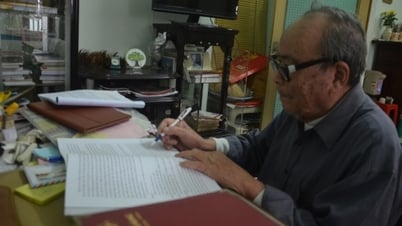















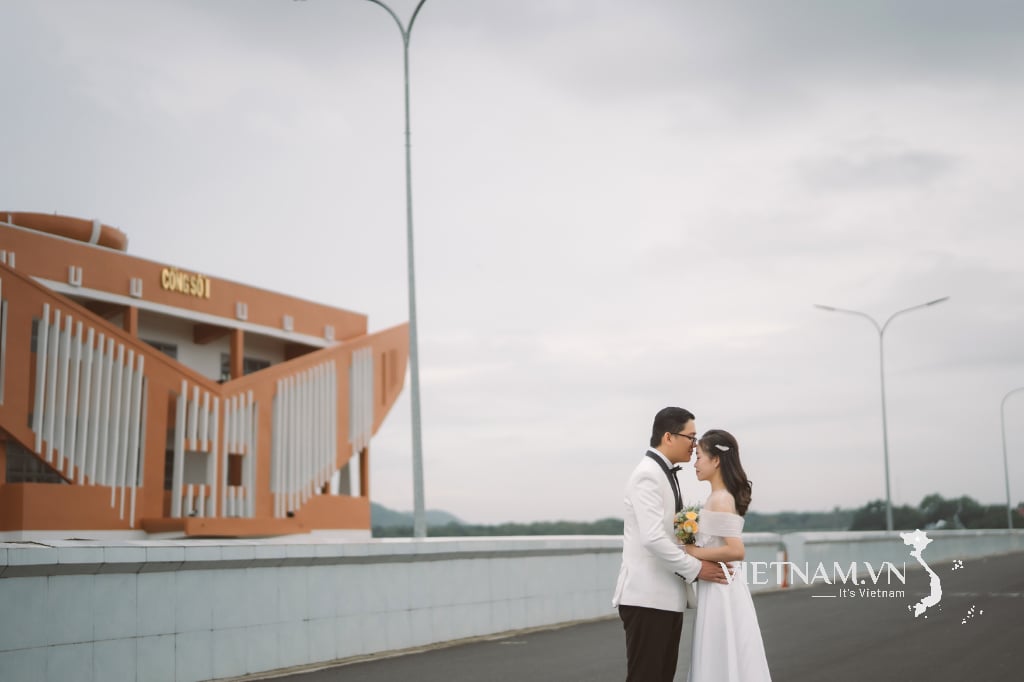
Comment (0)